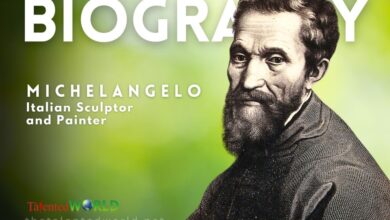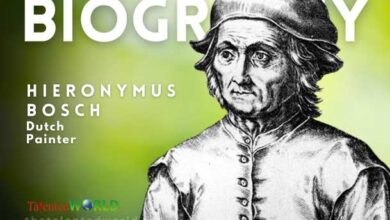| Full Name | Joannis Vermeer (also known as Jan Vermeer) |
| Birth | Baptised 31 October 1632 |
| Place of Birth | Delft, County of Holland, Dutch Republic |
| Death | 15 December 1675 |
| Place of Death | Delft, County of Holland, Dutch Republic |
| Known for | Painting |
| Notable Work | 34 works universally attributed |
| Movement | Dutch Golden Age, Baroque |
| Spouse | Catharina Bolnes |
| Pronunciation | In Dutch: [vərˈmeːr], /vərˈmɪər/ in English, with variations in pronunciation documented |
| Contribution | Specialized in domestic interior scenes of middle-class life, masterful use of light in his work |





